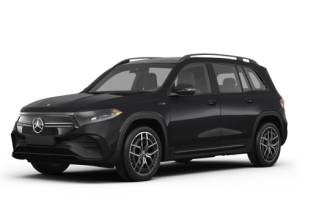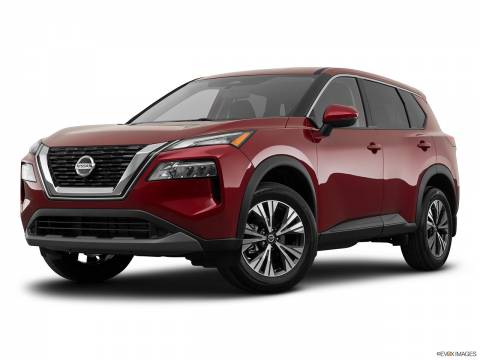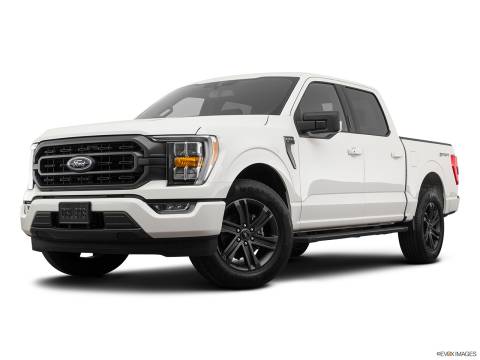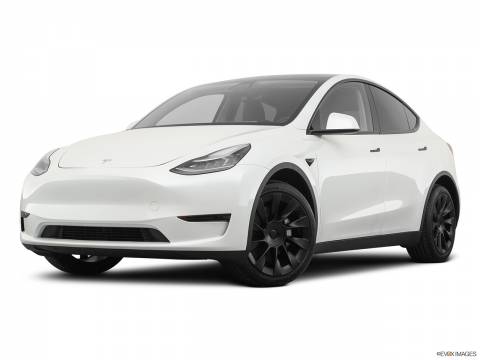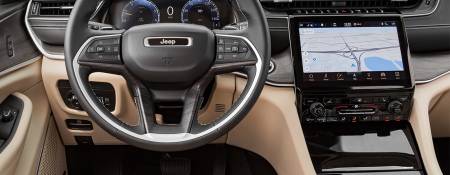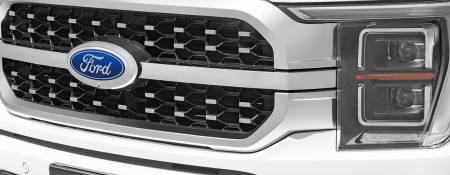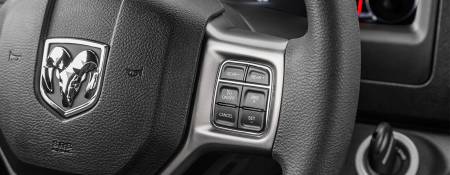You may have heard/read lots of discussions about this topic. In fact, this is probably the most polemic topic about winter driving in Canada. So, keeping driving habits away, fuel economy, and where you specifically live, I will give my personal opinion on this topic: AWD or Winter Tires.
Having Both is Always Better
So let's start with that statement. Your driving experience on an AWD with Winter Tires will be the ultimate, safest and most efficient way to face the snow & ice. Remember I'm keeping away additional factors and I'm referring to the Safety concerns of this topic.
It is Safer and more stable to drive an AWD vehicle on top of proper winter tires during the winter. The fact that you have the full control of the vehicle interaction with the ground is what will make every prediction you make, be as close as possible. Your wheels will all try to achieve your intention (acceleration, control & balance) while the tires will try to grant the required grip for it.
If You Are on a Budget, What to Prioritize?
And this is the reason for this post. Of course, there is nothing to discuss if you can have both factors on your side. So, if you have a budget concern, then which would be the most important thing you need to prioritize?
Winter Tires are mandatory in some parts of Canada, but still and assuming you have both options in front of you; you should always prioritize the tires.
The difference it makes to drive without Winter Tires is way more noticeable than the one of driving without AWD. Thing is there are factors unrelated to the vehicle acceleration that are more important than having full traction like:
- Breaking Distance: On average, winter tires can stop the vehicle in half the distance an average tire can during winter conditions. AWD or FWD make no difference under this circumstances.
- Road Grip: How well a vehicle sticks to the road, will only depend on the contact surface between its tires and the road surface. AWD or FWD make no difference to improve surface grip at all.
When AWD Makes the Difference? (having Winter Tires are installed, of course)
- Curves: AWD systems nowadays, especially the ones designed by German Manufacturer and more recently Japanese, Korean and American ones, handle very well force distribution among each independent wheel. This is why it is not called "4x4" anymore and AWD or "All Wheels Drive" instead. The fact that all four wheels are rotating by the engine doesn't mean these work equally.
- Accelerating/driving out: AWD vehicles have double the drag as FWD when it comes to acceleration. Even if you are leaving a snowbank or an ice surface, the fact that all wheels are pushing helps a lot in case 1, 2 or even 3 tires are stuck.
- Climbing a snowy/icy hill: And here is where I can definitely say you can name hills as "don't go without AWD if it is snowing hard". You will likely slide back dangerously. Be aware of where you live and where you usually drive around.
If you are Leasing a Car
It will be up to your personal preference, but the fact is that if you lease a car 2WD or AWD, you will return it anyways at the end of your contract. But not your tires. When you lease a car, any additional accessory you put on it isn't part of the leased vehicle. Your tires will be literally yours. (I suggest you also read my article about leasing a car in winter without winter tires)
So, if you choose to drive AWD instead of FWD will ultimately define the price of your lease payment. Of course, AWD submodels are always likely to be more expensive than the FWD for two simple reasons:
- Bringing traction to all wheels take additional engineering (tech, mechanics & most of the times higher engine power) making the actual vehicle production costs higher, compared to the ones with only front traction.
- Additional safety, comfort and performance factors, always affect the vehicle price in favor of the manufacturer.
The decision will be up to you. Still, I would always suggest using Winter Tires first and if you can afford it, go for an AWD vehicle.





